14 Most Overrated Travel Destinations Of 2025 (According To Real Visitors)

Not every bucket-list destination lives up to the buzz. Social media, travel blogs, and glossy ads often paint a picture that reality can’t quite match. In 2025, more and more travelers are speaking up about the places that didn’t deliver—where crowds, costs, or just plain disappointment outweighed the excitement.
From once-charming towns that feel more like theme parks to natural wonders that are harder to enjoy than expected, these destinations have left visitors underwhelmed. If you’re planning your next getaway, it’s worth hearing what real travelers had to say—before the letdown sets in.
1. Paris, France
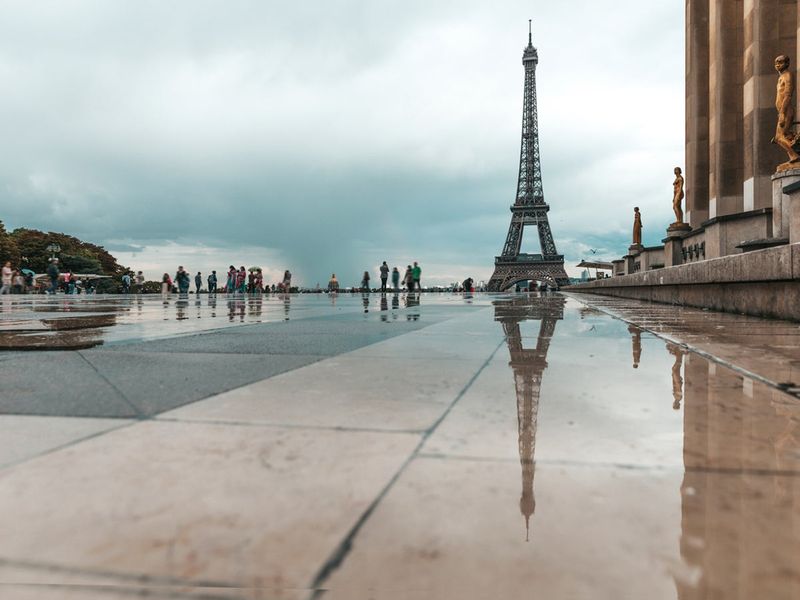
The City of Light has dimmed for many travelers this year. Paris left visitors shocked by hour-long queues just to glimpse the Mona Lisa’s tiny frame.
Overpriced cafés serving mediocre coffee at €8 a cup and rude service became common complaints. The romantic atmosphere promised in movies vanished amid selfie-stick crowds and persistent scammers near major landmarks.
2. Dubai, UAE
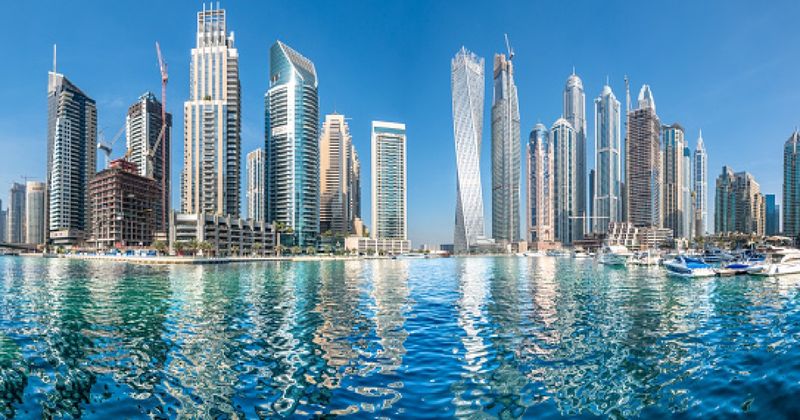
Behind the glittering façade lies a soulless experience that left many travelers questioning the hype. Dubai’s artificial islands, indoor ski slopes, and gold-dispensing ATMs couldn’t compensate for the lack of authentic culture.
Scorching temperatures made outdoor exploration unbearable for months. Visitors complained about strict behavior codes, astronomical prices, and the unsettling contrast between ultra-luxury and the invisible workforce maintaining it all.
3. Los Angeles, USA
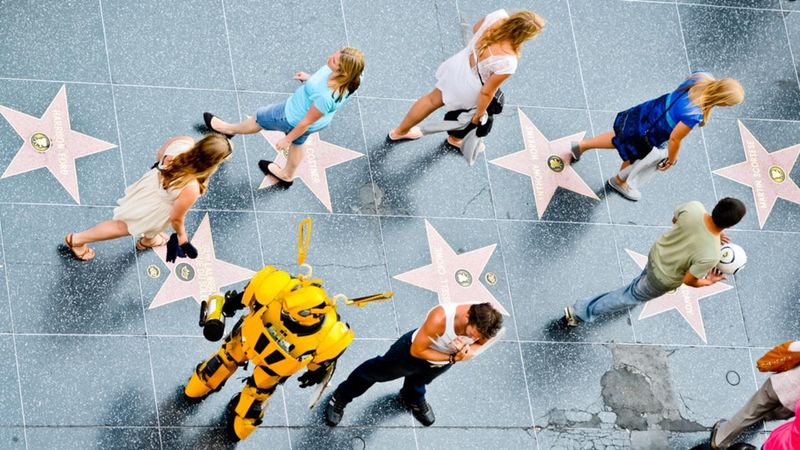
Hollywood dreams quickly turned to traffic nightmares for disappointed visitors. Los Angeles spread its attractions so far apart that tourists spent more time in gridlock than sightseeing. The Walk of Fame shocked travelers with its grime and aggressive costumed characters demanding tips.
Beaches were overcrowded, celebrity spotting proved nearly impossible, and the famous LA lifestyle remained behind gated communities far from tourist areas.
4. Bangkok, Thailand

Sensory overload quickly turned from exciting to exhausting for many travelers this year. Bangkok’s infamous traffic jams trapped tourists in sweltering taxis for hours, wasting precious vacation time.
Scams targeting foreigners became increasingly sophisticated, from fake gem stores to rigged meters. While street food remained excellent, many visitors reported that the constant noise, pollution, and aggressive touts in tourist areas made relaxation impossible.
5. Venice, Italy
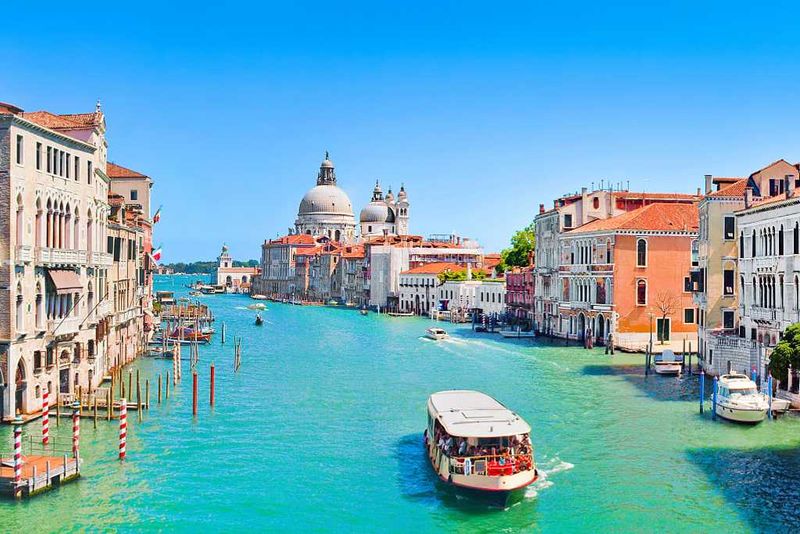
Romantic gondola dreams sank fast when faced with the reality of navigating through floating traffic jams. Venice charged visitors entry fees, yet crowds remained unbearable during peak months. Authentic local life has virtually disappeared from central areas.
Restaurants near major sights served microwaved pasta at premium prices, while the iconic canals occasionally emitted unpleasant odors that Instagram filters couldn’t capture.
6. Bali, Indonesia
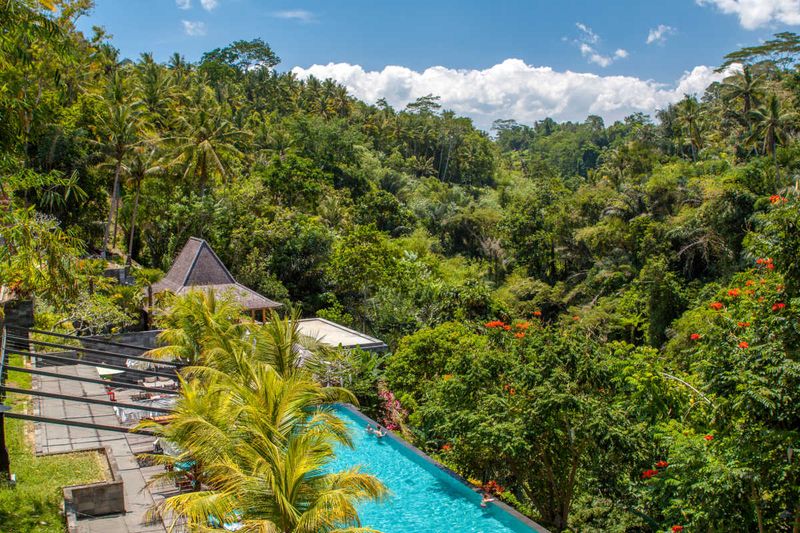
Paradise lost its charm amid piles of plastic washing ashore on once-pristine beaches. Bali’s transformation from spiritual haven to party playground left many visitors feeling cheated of the authentic experience they sought.
Traffic gridlock turned 20-minute journeys into 2-hour ordeals. Instagram hotspots like the famous rice terraces and temples now require pre-dawn arrivals to avoid photobombers, while new mega-resorts continue to strain the island’s fragile infrastructure.
7. Santorini, Greece

Those perfect white-and-blue photos come at a steep price that many travelers found unjustifiable. Santorini’s narrow streets became human traffic jams when multiple cruise ships docked simultaneously. Finding accommodations under $500/night proved nearly impossible in 2025.
The famous sunset views required staking out spots hours in advance, while locals seemed increasingly weary of tourists who treated their home like a backdrop for social media photoshoots.
8. Tulum, Mexico
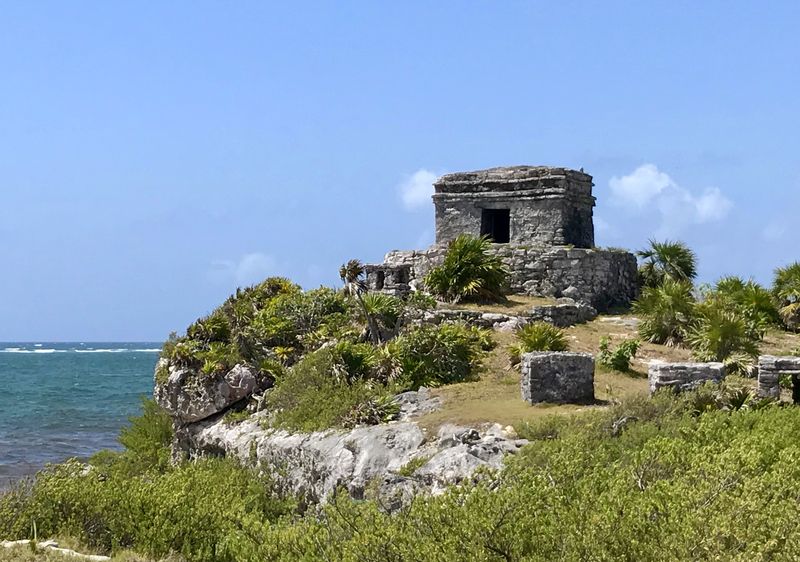
Once-bohemian vibes have completely vanished beneath an invasion of luxury chains and influencer hotspots. Tulum’s beaches now feature rows of identical beige umbrellas where $20 coconuts are served by staff in designer uniforms.
Sewage infrastructure hasn’t kept pace with development, creating environmental concerns. Visitors complained about the disconnect between spiritual wellness marketing and the reality of traffic jams, construction noise, and prices that exceeded those in major European capitals.
9. Phuket, Thailand
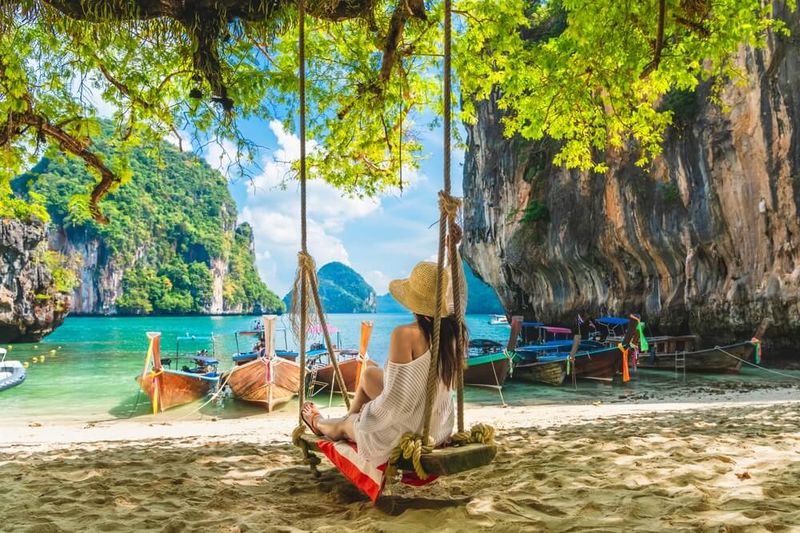
Tropical dreams faded quickly amid the reality of commercialized beaches lined with identical souvenir shops. Phuket’s transformation left many visitors wondering where the authentic Thailand had gone. Beach chairs covered every inch of sand at popular spots like Patong.
Travelers reported aggressive touts, inflated prices for foreigners, and unexpected issues with water quality. The constant thump of beach clubs made finding tranquility nearly impossible outside the most expensive resorts.
10. Maldives
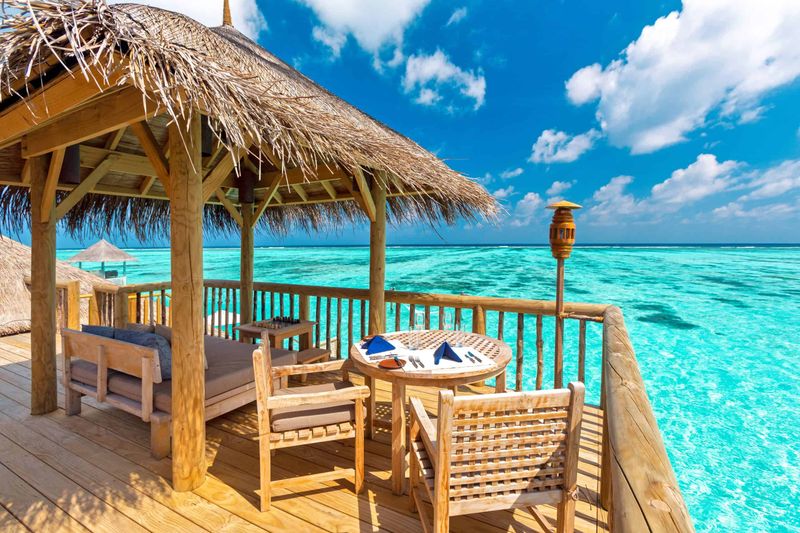
Crystal waters couldn’t wash away the bitter taste of sticker shock for many luxury seekers. The Maldives’ isolation factor quickly transformed from romantic to boring for travelers who exhausted resort activities within days.
Weather disruptions became increasingly common this year, with some guests reporting entire vacations spent watching rain from their overwater bungalows. The environmental contrast between pristine marketing images and visible coral bleaching left eco-conscious visitors particularly disappointed.
11. Banff National Park, Canada
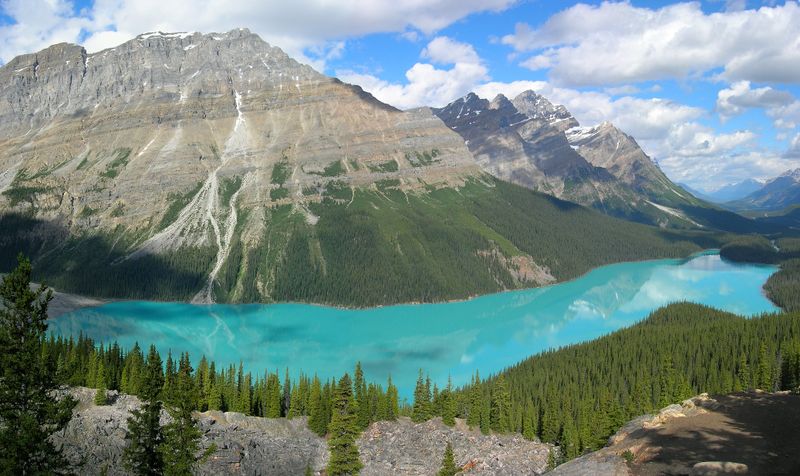
Nature lovers found themselves in traffic jams instead of wilderness at this photogenic mountain destination. Banff’s popularity exploded in 2025, with parking lots filling before sunrise at iconic spots like Moraine Lake.
Visitors described waiting in hour-long lines just to take the same photo seen on countless Instagram feeds. Wildlife sightings became rare near main roads due to constant human presence. Hotel prices reached absurd levels, forcing many to stay in distant towns and commute to the park.
12. Blue Lagoon, Iceland

Reality hits hard when your dreamy spa experience feels more like a public swimming pool on a holiday weekend. The Blue Lagoon required advance bookings months ahead, yet still packed visitors in like sardines.
Many expressed shock at finding an industrial facility nearby, contradicting the natural setting portrayed in ads. The mandatory shower routine and strict time limits felt assembly-line efficient. At $120+ for basic entry, visitors expected tranquility but found a noisy, selfie-focused atmosphere instead.
13. Grand Canyon, USA
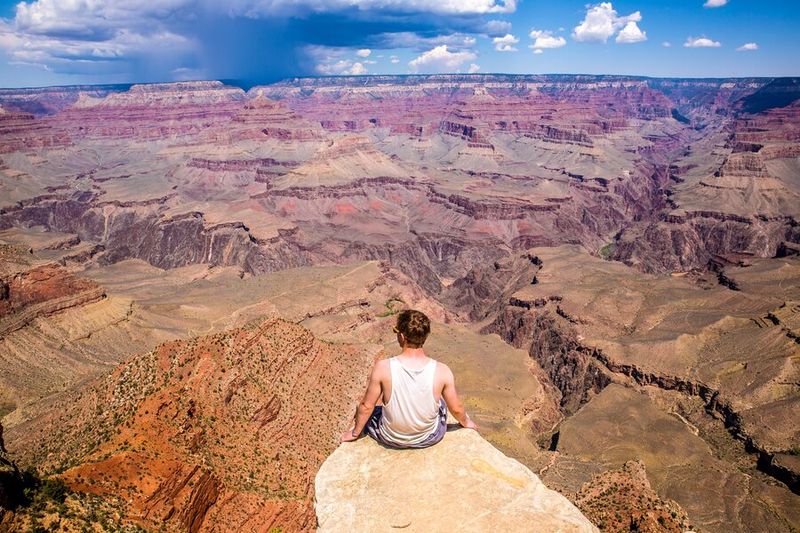
Natural wonder quickly turned to natural wonder-where-to-go for unprepared visitors. The Grand Canyon’s vastness proved both its strength and weakness, as many tourists spent just 20 minutes at crowded viewpoints before leaving.
Summer temperatures soared above 100°F, making hiking dangerous for the unprepared. Shuttle buses filled to capacity, creating long waits. The South Rim’s commercialization surprised many who expected a more pristine wilderness experience than the food courts and gift shops provided.
14. Mount Fuji, Japan

Climbing expectations fell flat against the reality of this iconic peak experience. Mount Fuji’s climbing season created human traffic jams on narrow paths, with some visitors reporting moving just a few feet per hour during peak times.
Weather conditions frequently obscured the famous views that motivated the journey. Many climbers described summit facilities as overcrowded and basic, while the descent proved harder than expected. The perfect cone shape visible from Tokyo remained the mountain’s best feature for disappointed visitors.
